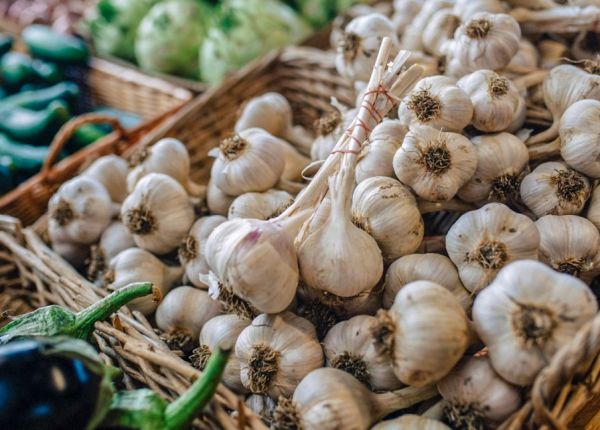
Join our Great Gardens Club!
Sign up to enjoy 15% off your first purchase from Baileys online. Plus, get our monthly WA gardening tips, latest news and promotions straight to your inbox.

Sign up to enjoy 15% off your first purchase from Baileys online. Plus, get our monthly WA gardening tips, latest news and promotions straight to your inbox.
It's the middle of autumn and the best time to plant pretty much anything (but tropicals) while the soil is still warm and rain is supplying moisture. Autumn is also particularly good to get citrus trees.
